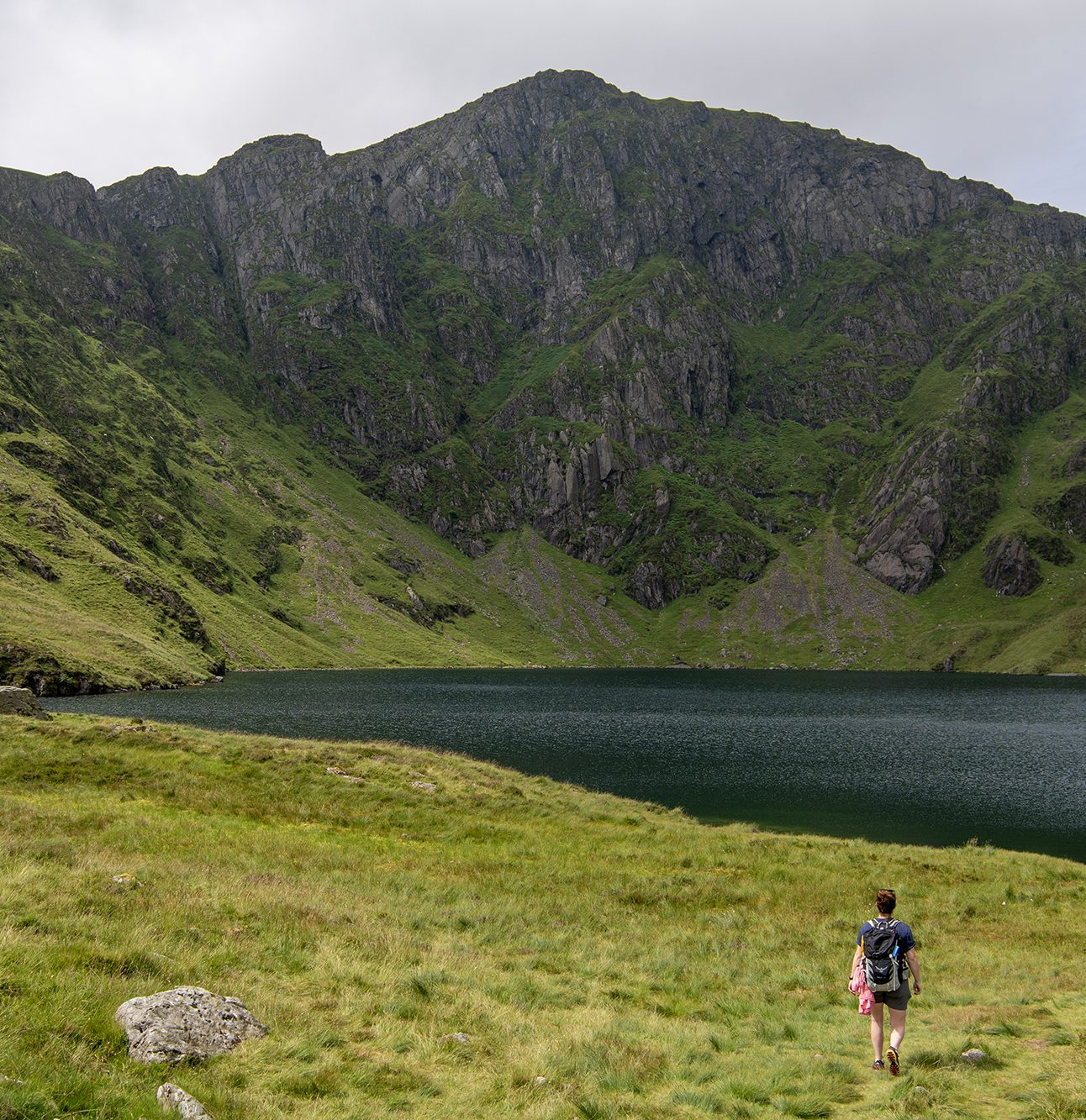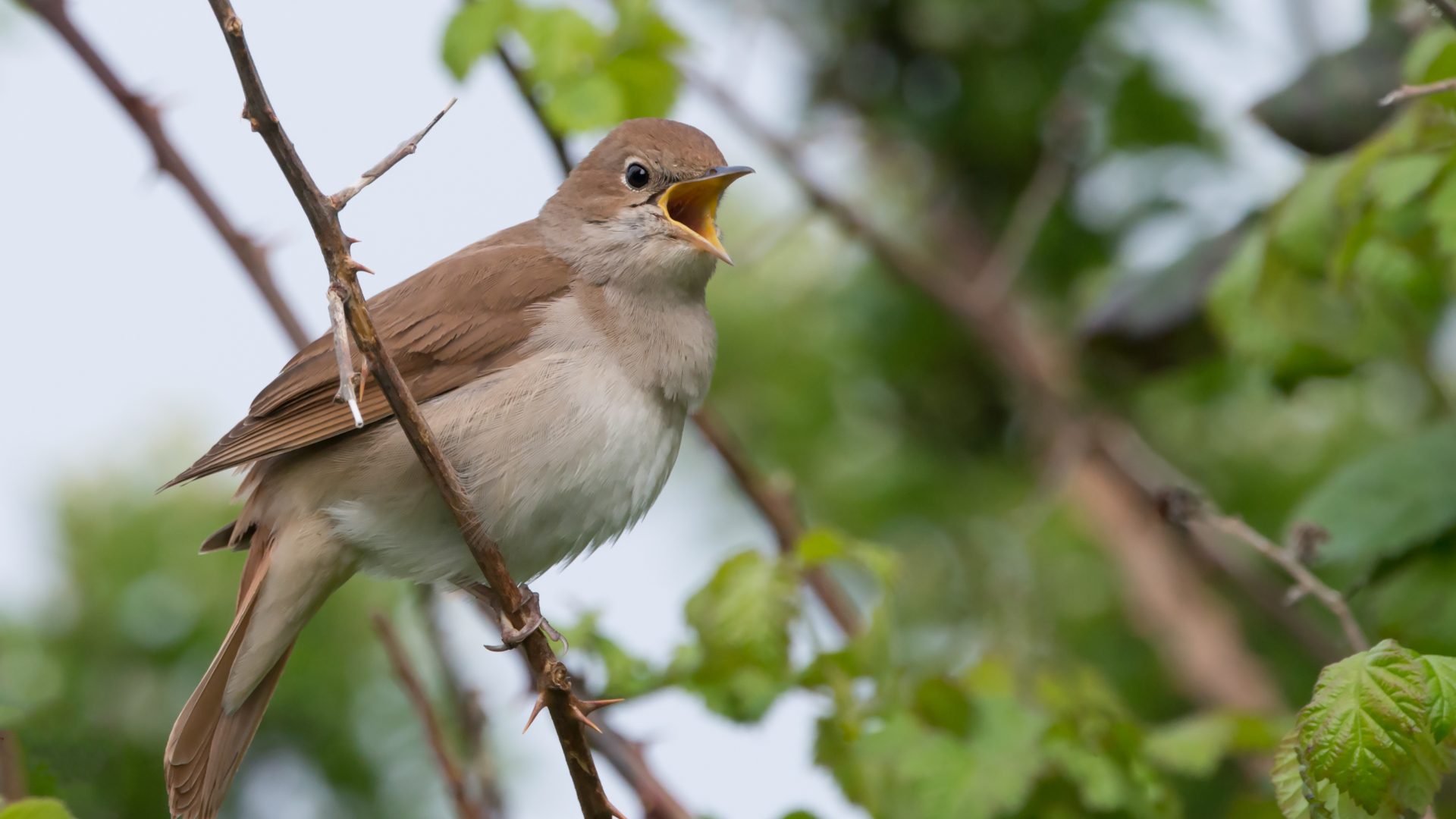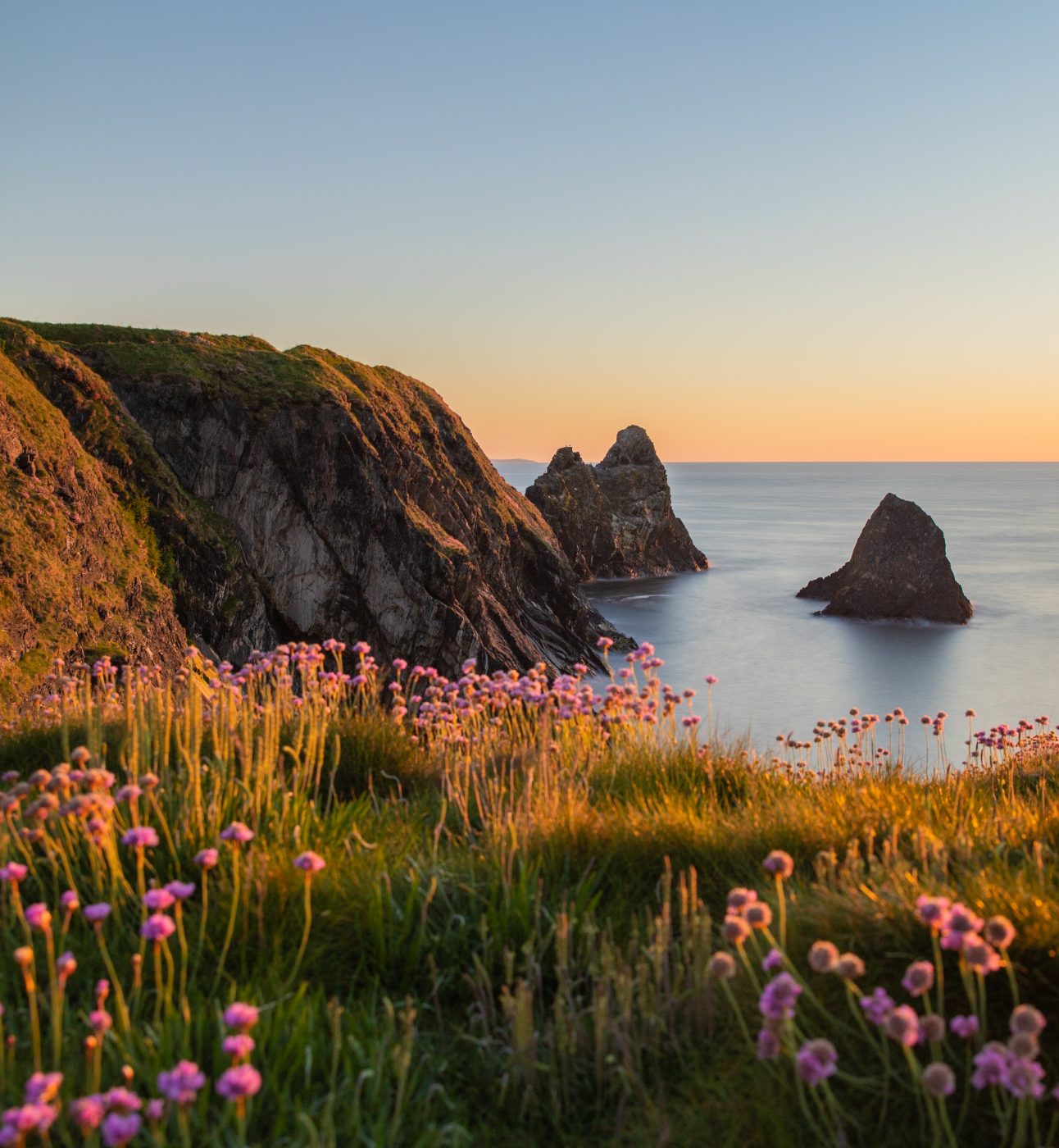
5 Ways to help National Parks
Here are 5 easy ways you can take action for National Parks in England and Wales today

Published: 21 October 2024
If you ask the general public about what National Parks are for, the same answer comes up time and time again. Wildlife. Nature. Places to connect with the wild.
A recent public survey conducted by Yorkshire Dales National Park Authority found that nature was the top public priority- including for those who live and work in the Park. Every test of public opinion we reviewed for our Health Check showed that nature is what people most value and want to see prioritised in these landscapes.
My sons (aged 9 and 11) have been learning about National Parks at school. Looking at the poems and pictures that they are their classmates make, it’s crystal clear: wildlife is what they expect and want from National Parks.
National Parks are important for many reasons: their spectacular natural beaty, deep cultural heritage, opportunities for public enjoyment, health and wellbeing, and, of course, local livelihoods and vibrancy of communities. A focus on nature is not to come at the cost of these other attributes. It is simply that without nature, there is no health, no economy, no food, no future. The situation has become so urgent that unless we prioritise nature in our National Parks, we risk losing everything that we hold dear about them.
Britain’s National Parks are part of a global family of protected areas for nature. This week, as world leaders meet at the international biodiversity conference (COP16), many countries will be discussing how their National Parks will be at the heart of plans to deliver ‘30×30’ (the commitment to protect 30% of land and sea for nature by 2030). At the moment, it’s clear that National Parks in England and Wales do not stand up to global scrutiny – we’ve found that, by these international ‘30×30’ standards, only 6% of land within the Parks is effectively protected for nature.
But what if things were different? What if nature was the priority in National Parks? What if all the land was properly protected?
Our Health Check demonstrated that National Parks still contain many of our most sensitive habitats including grasslands, wetlands and temperate rainforest. They are often the last refuge for some of UK’s most endangered species, such as curlew, hen harrier and cuckoo. The National Parks, with their legal frameworks, institutions and long history are the obvious places where the nature fight back can begin. The 10% land in England and Wales could be the places where we do the work to avert species extinction and halt nature’s decline on a landscape scale.
As emminent ecologist Professor Sir John Lawton said in the foreword for the Health Check:
“The National Parks of England and Wales have the potential to play a key role in restoring nature. It won’t be easy. They are working landscapes, home to people and to wildlife, but the report makes clear how it can be done. Its vision fills me with hope.”
It won’t be easy, but it’s necessary. It’s also critical to maintaining living and working landscapes, to enable communities continue to shape and steward the land, as they have for centuries. Farmers and commoners within the National Parks are already facing a perilous future – it’s crystal clear that we need much greater investment and support for regenerative land management to reflect the huge public value that nature recovery within National Parks provides – and of course, health and wellbeing, access and recreation, and cultural heritage.
Last week, we joined with National Parks England (the body representing National Park Authorities), the RSPB, the Wildlife Trusts and others, to call on the UK government to set us on course for a nature-rich future.
Our collective vision is a powerful one:
“National Parks are wilder, greener and more accessible. Wildlife is in abundance, supported by effective and proper protections for nature at the landscape scale. Where all the rivers and lakes are clean, peatlands are restored to full health and ancient woodlands and temperate rainforests are expanded. A future where communities are supported to thrive through the green economy and all damaging activities are prohibited. National Parks that belong to the nation, where every citizen feels welcome and has an opportunity to experience peace and tranquility.”
To deliver it, we know we need some big reforms – to purposes, governance, powers and – not least – more investment in the Park Authorities and the communities we rely on to deliver.
But it all starts with something much simpler. Something that can be repeated by Government in all the policies (from the Welsh Sustainable Farming Scheme to the English Land Use Framework): National Parks are for nature. They are the national priority places for nature’s recovery.
This simple ‘nature first’ commitment could be the basis for a new social contract between the National Parks and the nation.
When National Parks were created 75 years ago, it was under a ‘People’s Charter’ – to give every citizen places where they could completely immerse in nature. It’s time for a renewed People’s Charter, reflecting what the people want and need from National Parks today. Let’s hope the governments of today can rekindle those radical roots and set Britain’s National Parks on course for a wilder future.
A version of this article first appeared in the Yorkshire Dales Review.
Image: Nightingale © bearacreative

Here are 5 easy ways you can take action for National Parks in England and Wales today

Help safeguard the future of beautiful places – and everyone’s right to enjoy them – by becoming a Friend of Campaign for National Parks from just £3 a month.